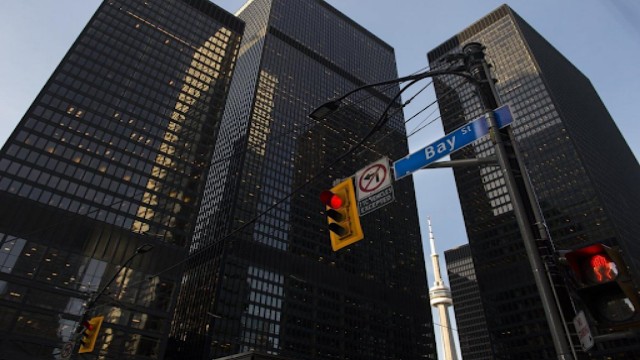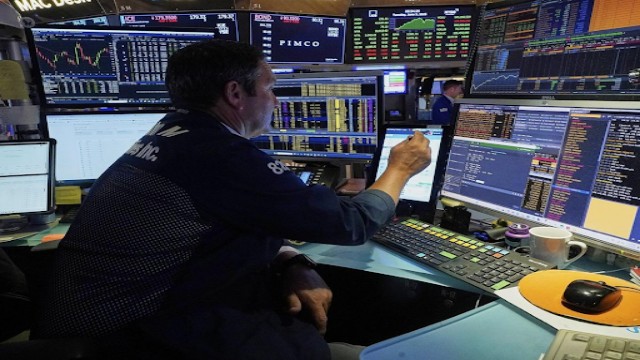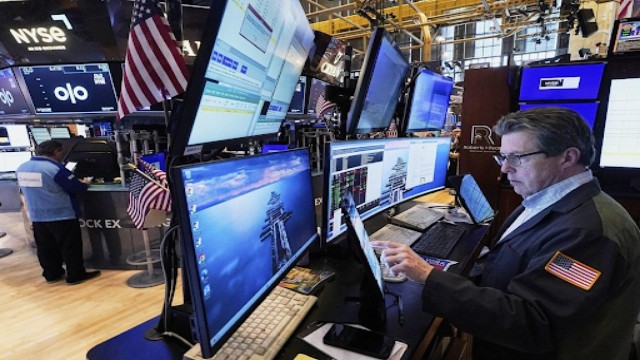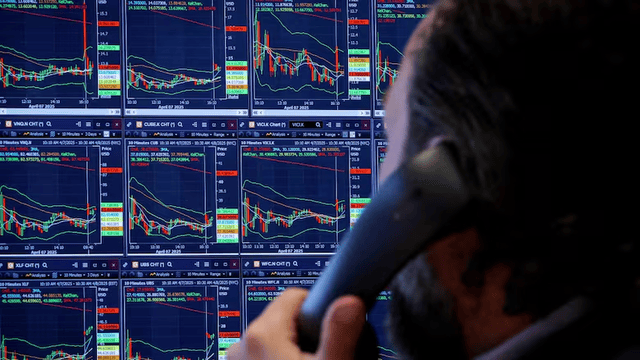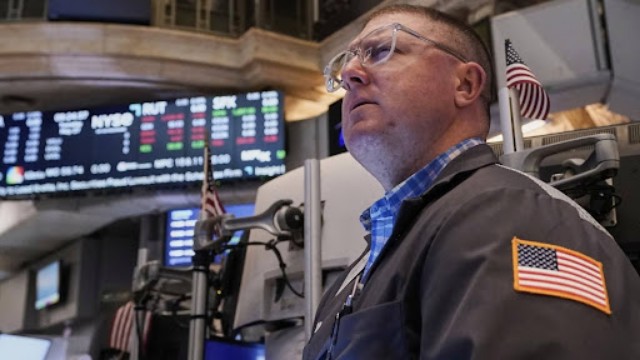
William Lawrence and Mark Mueller are seen working together on the floor of the New York Stock Exchange on Thursday, May 29, 2025. (Photo: Richard Drew/AP)
Wall Street saw modest gains on Monday as investors balanced rising oil prices with signs of weakening U.S. manufacturing. After a shaky morning, all three major indexes ended the day slightly higher, continuing the momentum from May—its best month since 2023.
The S&P 500 closed up by 0.4%, gaining 24.25 points to hit 5,935.94. The Dow Jones Industrial Average edged up 35.41 points, or 0.1%, to reach 42,305.48, while the Nasdaq composite added 0.7%, closing at 19,242.61.
Markets dipped early in the day following weaker-than-expected reports on factory activity, raising concerns about the health of the manufacturing sector. Many analysts pointed to the effects of shifting trade policies and tariffs. Some manufacturers have already noted challenges due to unpredictability in the supply chain.
However, tech giants helped pull markets back into the green. Nvidia rose by 1.7%, and Meta Platforms jumped 3.6%, giving the S&P 500 a lift despite more stocks declining than gaining.
A major surge in oil prices also drew attention. Crude oil climbed over 3% after OPEC+ announced plans to raise production—a move that would typically push prices down. But recent Ukrainian attacks on Russian targets and broader geopolitical instability overshadowed the supply increase, keeping investors on edge about global oil flow.
Tensions between the U.S. and China also flared again. Just weeks after easing some trade restrictions, China lashed out at new American export controls on AI chips and design software, and limits on student visas. Beijing accused the U.S. of backtracking on recent trade understandings, reigniting worries about a prolonged economic standoff.
This friction arrives as President Trump steps up his own trade push. On Friday, he announced a sharp hike in steel tariffs—from 25% to 50%—aimed at shielding American steelworkers. This helped U.S. steel stocks soar: Nucor jumped 10.1%, and Steel Dynamics climbed 10.3%. But the move hurt other sectors, especially carmakers. Ford and General Motors both dropped by nearly 4%.
Elsewhere, biotech firm Lyra Therapeutics stunned the market with a 311% leap after announcing strong late-stage trial results for its sinus implant treatment.
Meanwhile, the bond market showed rising tension. The yield on the 10-year Treasury rose to 4.44%, up from 4.41% on Friday and 4.01% two months ago. Higher yields make borrowing costlier for families and businesses, and can also dim the appeal of stocks.
Analysts say rising bond yields, slowing factory data, and trade policy uncertainty could create a more cautious climate ahead. One manufacturer quoted in the Institute for Supply Management’s report called the trade shifts “chaotic,” warning that profitability is under pressure.
Globally, Asian and European markets mostly followed Wall Street’s early jitters. Hong Kong’s Hang Seng fell 0.6%, and Japan’s Nikkei dropped 1.3%. A weekend report showed that China’s manufacturing sector shrank again in May, though the decline was slower than the month before.



